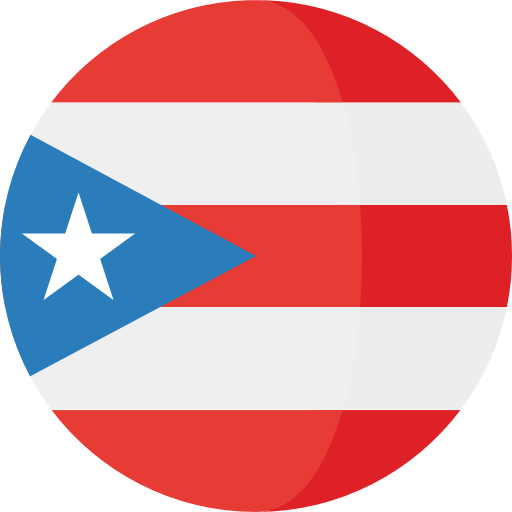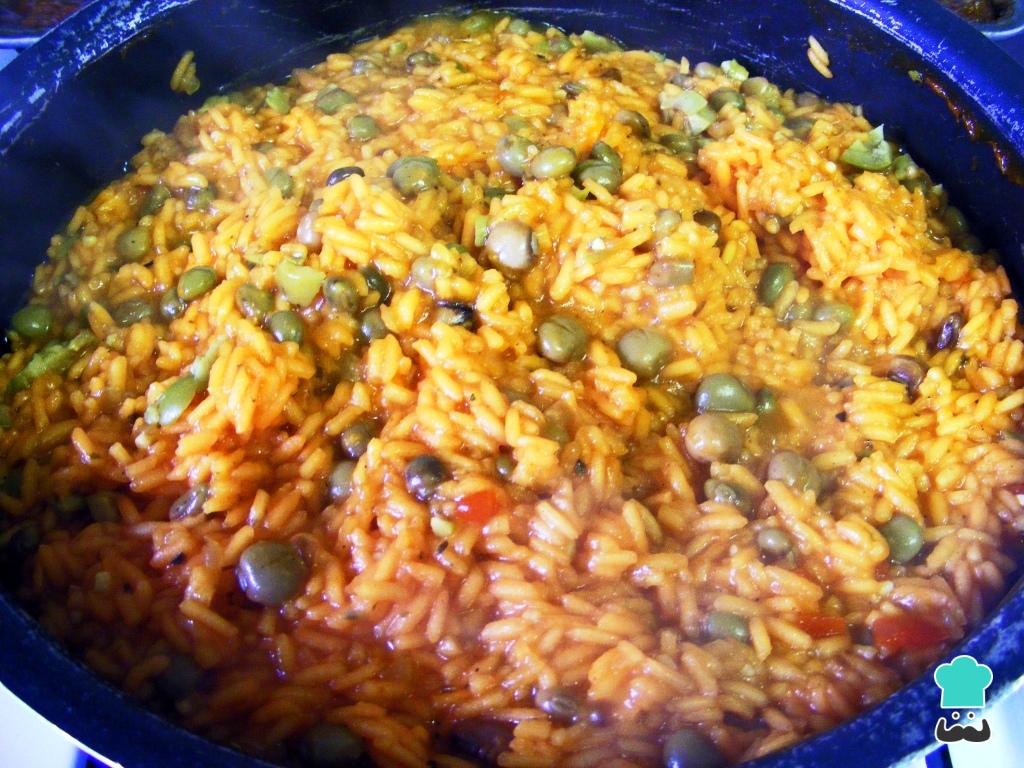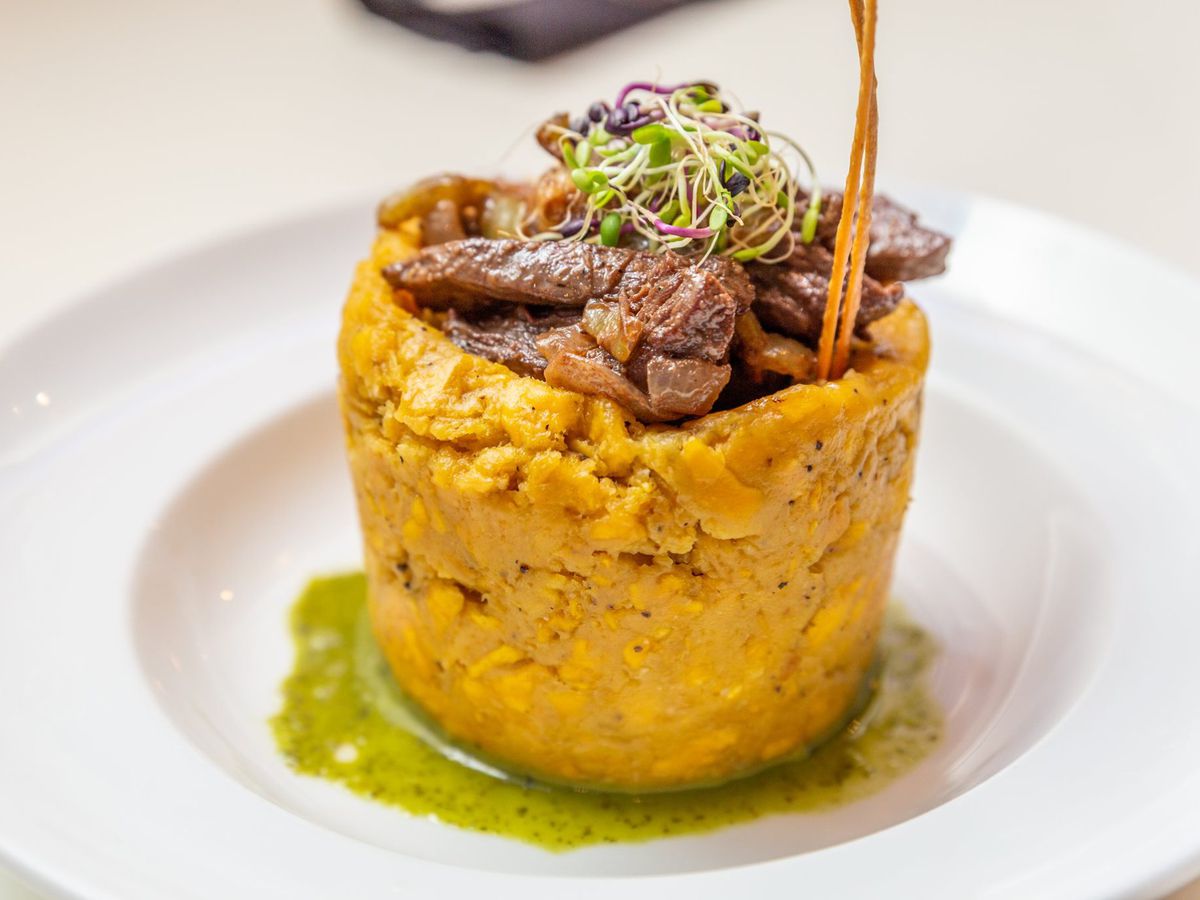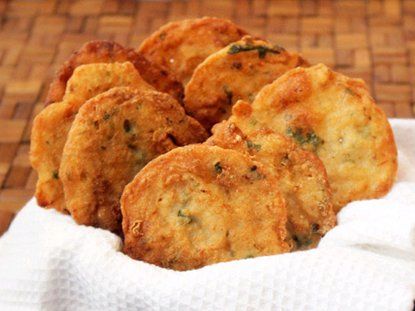Puerto Rico travel tips
Puerto Rico travel tips: Enchanting Caribbean island with diverse culture, historic architecture, lush landscapes, vibrant music, and pristine beaches beckoning exploration.
Municipalities 🌎
Puerto Rico travel tips. Here is a list of all the municipalities of the Puerto Rico.
Before you go 🛩
Important information you should know before your trip
Info

Capital | San Juan
Flag Codes
ISO alpha-2 PR, ISO alpha-3 PRI
Currency
Badge | US Dollar
CODE | USD
NUMBER | 840
SYMBOL | $
FRACTION | Penny
Mobile Coverage
Dialing Code | +1-787
SIM Card
Coverage
3G / 4G / 5G
Mobile Networks | AT&T FirstNet | Claro Mobile | Liberty Mobile | T-Mobile |

Location
Puerto Rico is an unincorporated territory of the United States located in the northeastern Caribbean Sea. It is part of the Greater Antilles and is situated east of the Dominican Republic and west of the Virgin Islands. Here are the coordinates of Puerto Rico:
Latitude: 18.2208° N Longitude: 66.5901° W
Puerto Rico consists of the main island of Puerto Rico, along with several smaller islands, including Culebra, Vieques, and Mona Island. The main island of Puerto Rico is approximately 160 kilometers (100 miles) long and 56 kilometers (35 miles) wide, with a total land area of around 9,104 square kilometers (3,515 square miles).
The capital and largest city of Puerto Rico is San Juan, located on the northeastern coast of the main island. Other major cities include Bayamón, Carolina, Ponce, and Caguas. Puerto Rico is known for its beautiful beaches, tropical climate, rich history, and vibrant culture.
Currency
The currency of Puerto Rico is the United States Dollar (USD). Puerto Rico is an unincorporated territory of the United States, and as such, the US dollar is the official currency used in everyday transactions on the island. The US dollar is widely accepted and used throughout Puerto Rico, and you can withdraw cash from ATMs, use credit and debit cards, and make purchases in US dollars just as you would in any other part of the United States. It’s important to note that Puerto Rico does not have its own currency, and the US dollar is the sole legal tender in the territory.
Languages
The official language of Puerto Rico is Spanish. Spanish is widely spoken and used for everyday communication, business transactions, and government affairs. As a territory of the United States, English is also taught in schools and is spoken by some residents, particularly in tourist areas and in the business sector. However, Spanish remains the dominant language and is the primary language used by the majority of the population in Puerto Rico.
Climate 🌡
Puerto Rico has a tropical climate with relatively consistent temperatures throughout the year. The climate is influenced by its location in the Caribbean and its proximity to the Atlantic Ocean. Here are some key features of the climate in Puerto Rico:
Temperature: Puerto Rico enjoys warm temperatures throughout the year. The average temperature ranges from around 24°C (75°F) in winter to 29°C (84°F) in summer. Coastal areas generally have slightly cooler temperatures due to the cooling effects of the sea breeze.
Rainfall: Puerto Rico has a distinct wet and dry season. The wet season typically runs from May to October, with higher rainfall and a greater chance of tropical storms or hurricanes, especially between August and October. The dry season, from November to April, is generally drier with lower precipitation levels.
Humidity: Puerto Rico experiences high humidity levels due to its tropical climate. Humidity is typically higher during the wet season.
Trade Winds: Puerto Rico benefits from the trade winds that blow from the northeast, bringing refreshing breezes and helping to moderate the temperature and humidity.
Microclimates: Puerto Rico has diverse microclimates due to its topography. The coastal regions tend to be hotter and more humid, while the mountainous interior, such as the Cordillera Central, can be cooler and experience more rainfall.
Hurricane Season: Puerto Rico is in the hurricane belt, and the Atlantic hurricane season officially runs from June 1 to November 30. The peak period for hurricanes and tropical storms in the Caribbean typically occurs between August and October.
It’s important to note that weather patterns can vary, and occasional variations, such as temperature fluctuations, increased rainfall, or tropical storms, may occur. It’s advisable to check local weather forecasts and follow any instructions or advisories issued by local authorities, particularly during the hurricane season.
Puerto Rico travel tips
If you’re planning a trip to Puerto Rico, here are some travel tips to enhance your experience:
Weather:
Puerto Rico has a tropical climate. Pack light clothing, sunscreen, and insect repellent. Hurricane season is from June to November.
Local Cuisine:
Savor Puerto Rican specialties like mofongo, tostones, and lechón. Try local coffee and enjoy a piña colada where it was invented.
Beaches:
Visit renowned beaches like Flamenco and Playa Buyé. Practice water safety and be aware of any local conditions.
Bioluminescent Bays:
Experience the magical bioluminescent bays. Mosquito Bay in Vieques and Laguna Grande in Fajardo are popular choices.
Transportation:
Renting a car is recommended for exploring beyond cities. Public transportation is available but limited. View Guide.
Casa Bacardi:
Tour the Bacardi Rum Distillery in Cataño. Learn about the history of rum production and enjoy tastings.
Travel Insurance:
Consider travel insurance that covers medical expenses and trip cancellations. Verify coverage for any planned activities.
Enjoy the incredible beauty and diversity that Puerto Rico has to offer!

The best of the best
Puerto Rican cuisine is known for its bold flavors, rich spices, and diverse influences from Spanish, African, and indigenous Taíno cultures. Traditional Puerto Rican dishes often feature ingredients such as rice, beans, plantains, pork, and seafood.

Arroz con Gandules
This is a classic Puerto Rican dish consisting of rice cooked with pigeon peas, often flavored with sofrito (a blend of onions, peppers, garlic, and herbs), annatto oil, and other seasonings. It is a staple dish served on special occasions and alongside various meats and stews.

Mofongo
Mofongo is a popular Puerto Rican dish made from mashed plantains mixed with garlic, pork cracklings (chicharrones), and often served with a savory sauce or meat on top. It is a flavorful and hearty dish.

Bacalaitos
Bacalaitos are salted codfish fritters made with a batter of flour, water, salt, and seasonings. They are deep-fried until crispy and served as a popular street food snack.
Here are some typical foods of Puerto Rico:
Asopao de Pollo: Asopao de Pollo is a hearty chicken and rice soup, often compared to a cross between a soup and a stew. It is made with chicken, rice, sofrito, vegetables, and spices, resulting in a comforting and flavorful dish.
Piña Colada: While not a food, the Piña Colada is a famous Puerto Rican cocktail made with rum, coconut cream, and pineapple juice. It is a refreshing and tropical drink enjoyed by locals and visitors alike.
Lechón: Lechón is a whole roasted pig, traditionally cooked over an open fire, and seasoned with a blend of spices and herbs. It is a centerpiece of many festive occasions and is renowned for its tender and flavorful meat.
Pasteles: Pasteles are similar to tamales and are made with a dough of grated green plantains or yuca (cassava), filled with a seasoned mixture of meat, typically pork, and wrapped in banana leaves. They are then boiled or steamed until cooked.
Alcapurrias: Alcapurrias are fritters made from a dough of green plantains or yuca filled with a savory mixture of ground meat, typically beef or crab, and deep-fried to golden perfection.
The cuisine of Puerto Rico reflects the island’s cultural heritage and is a delightful blend of flavors and influences.
Transportation 🚥
More information about this country
Choose your destination 📍🗺
Useful Links ✅



















































































